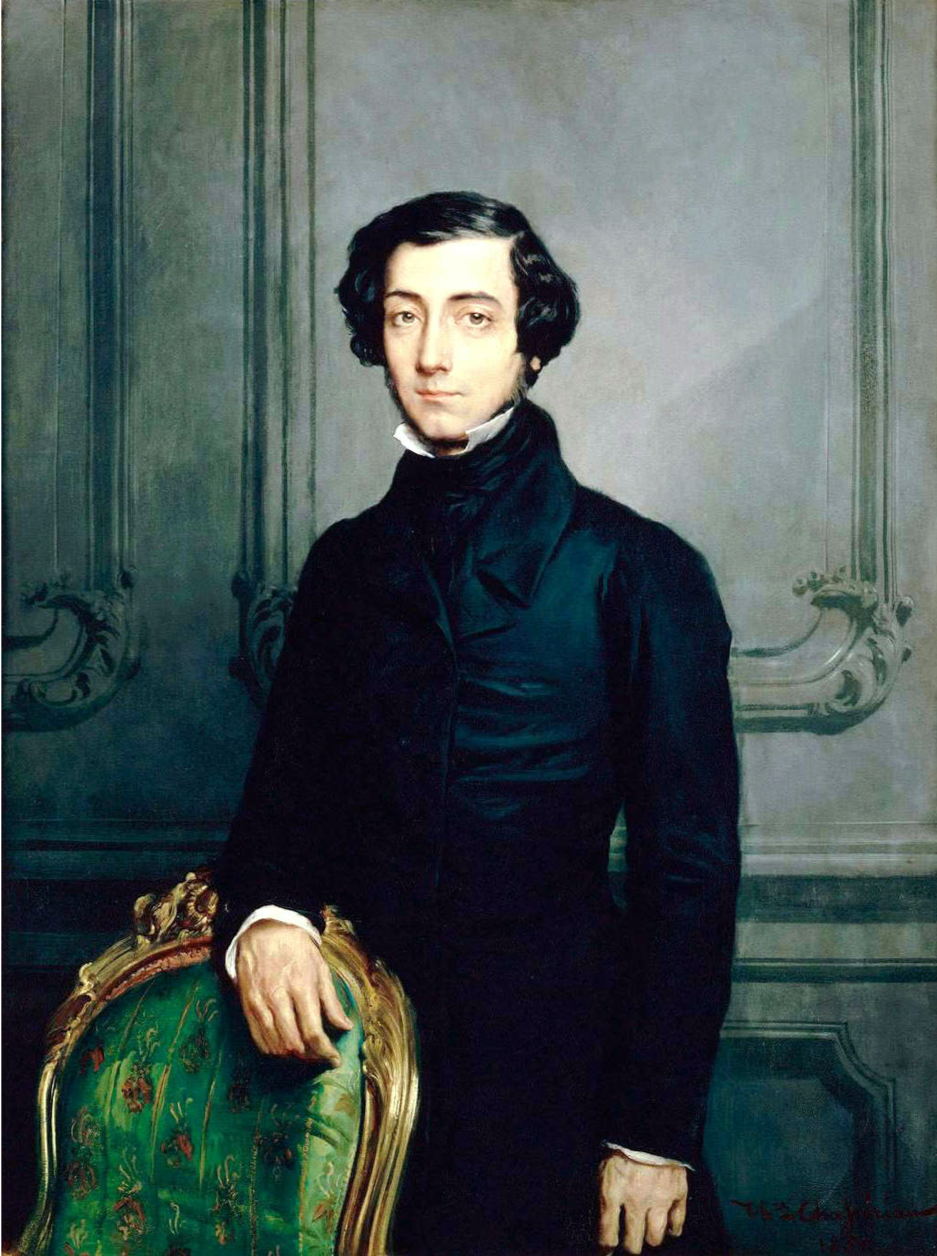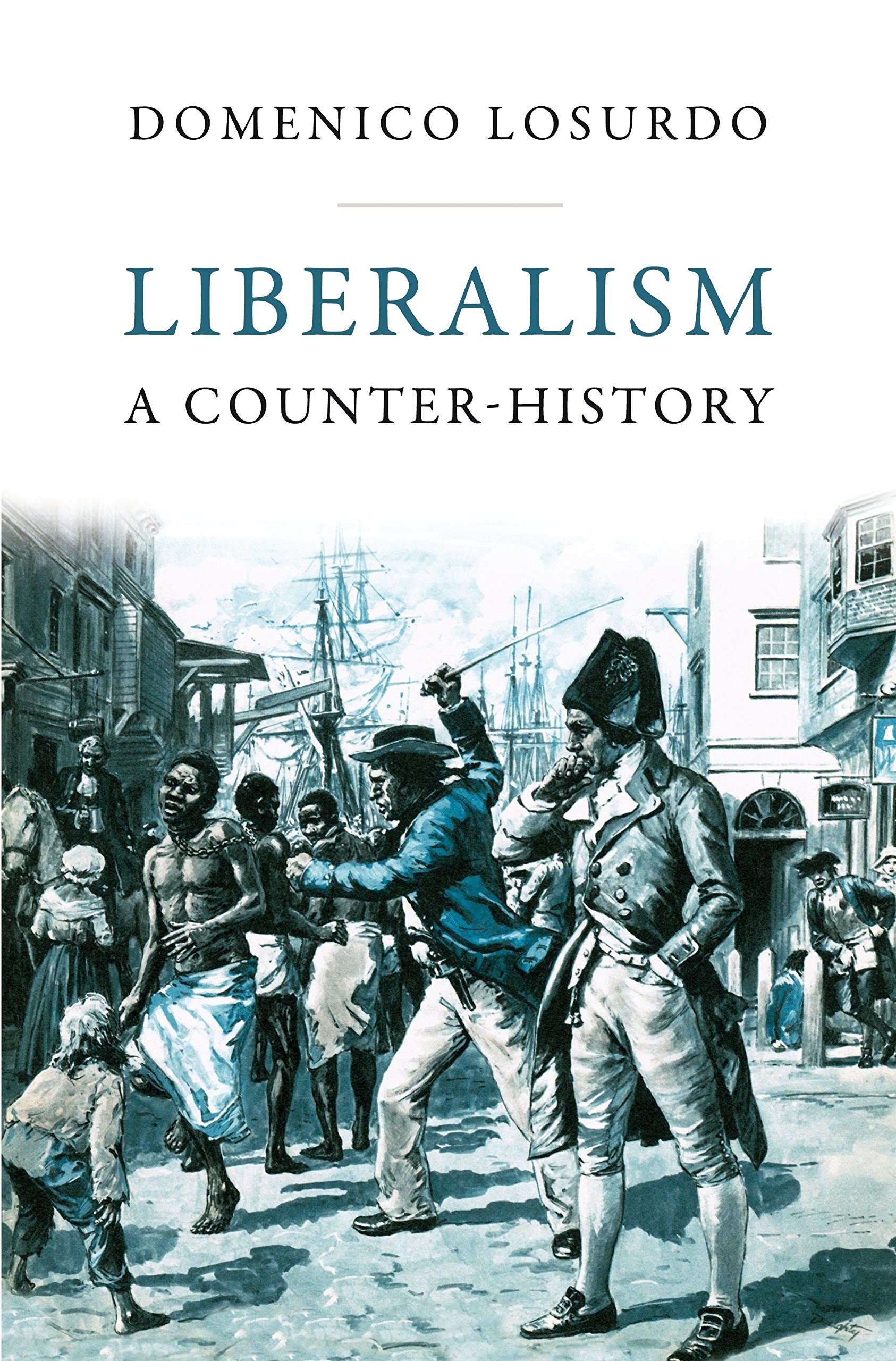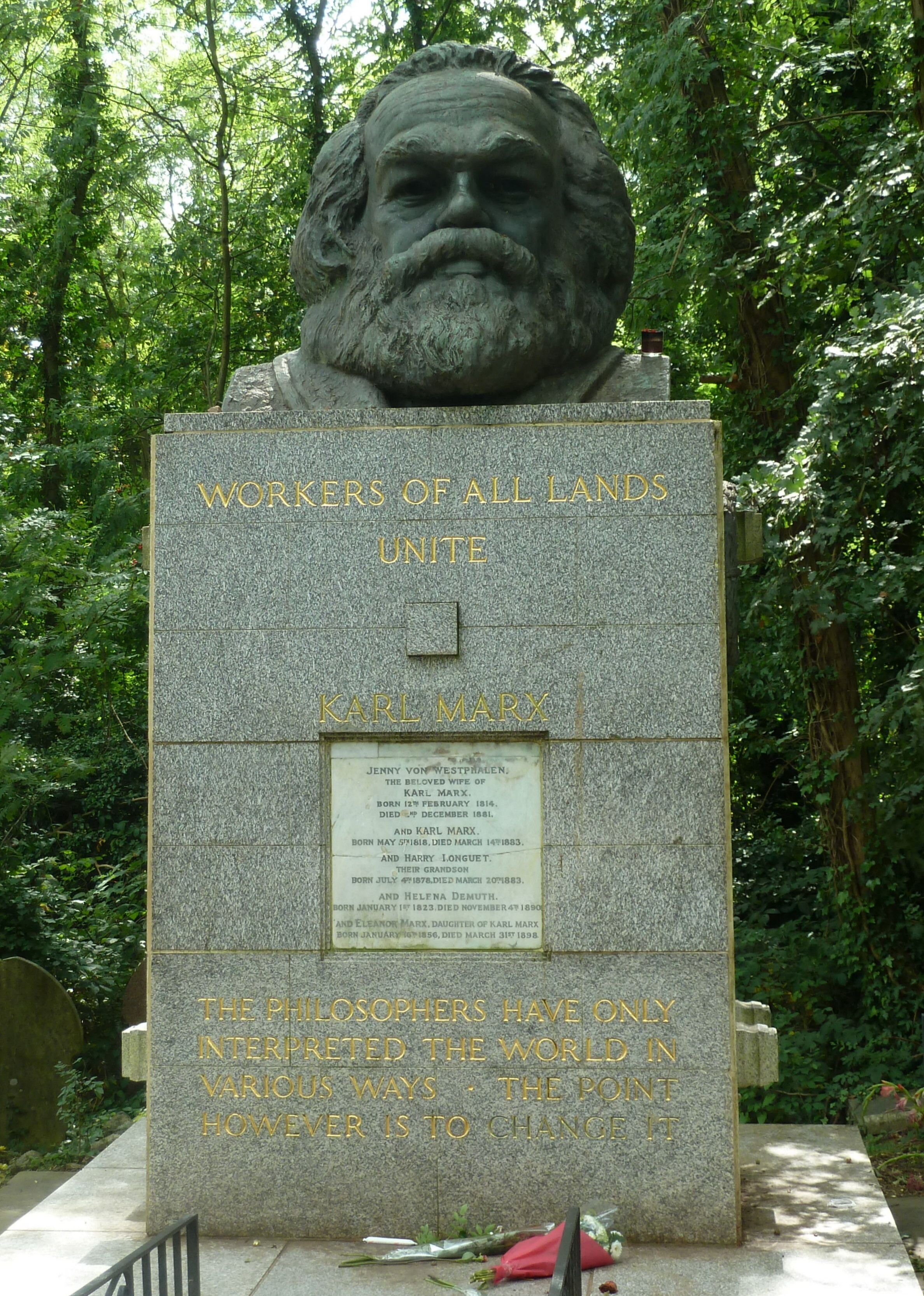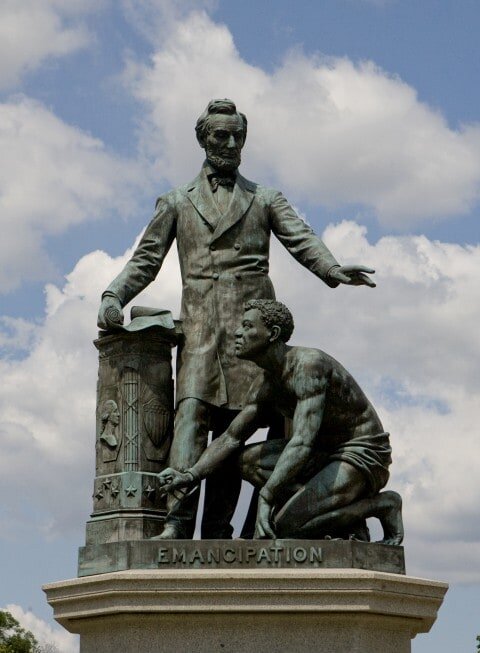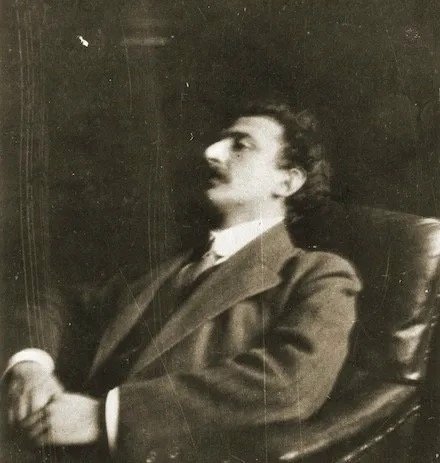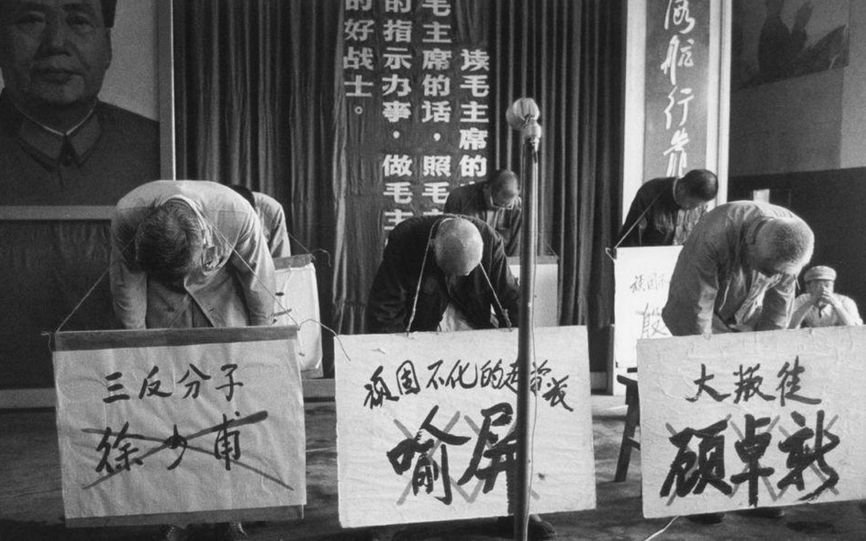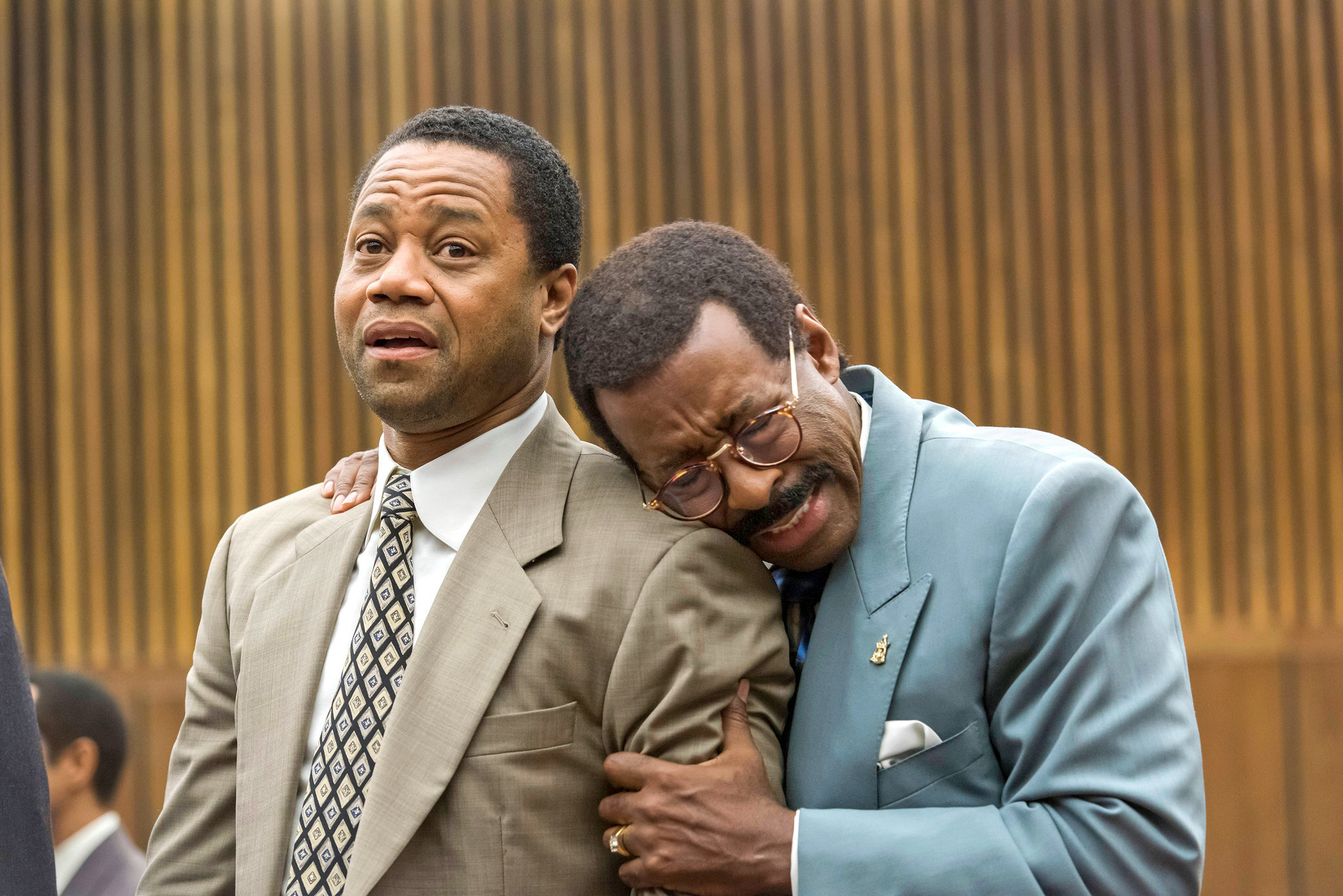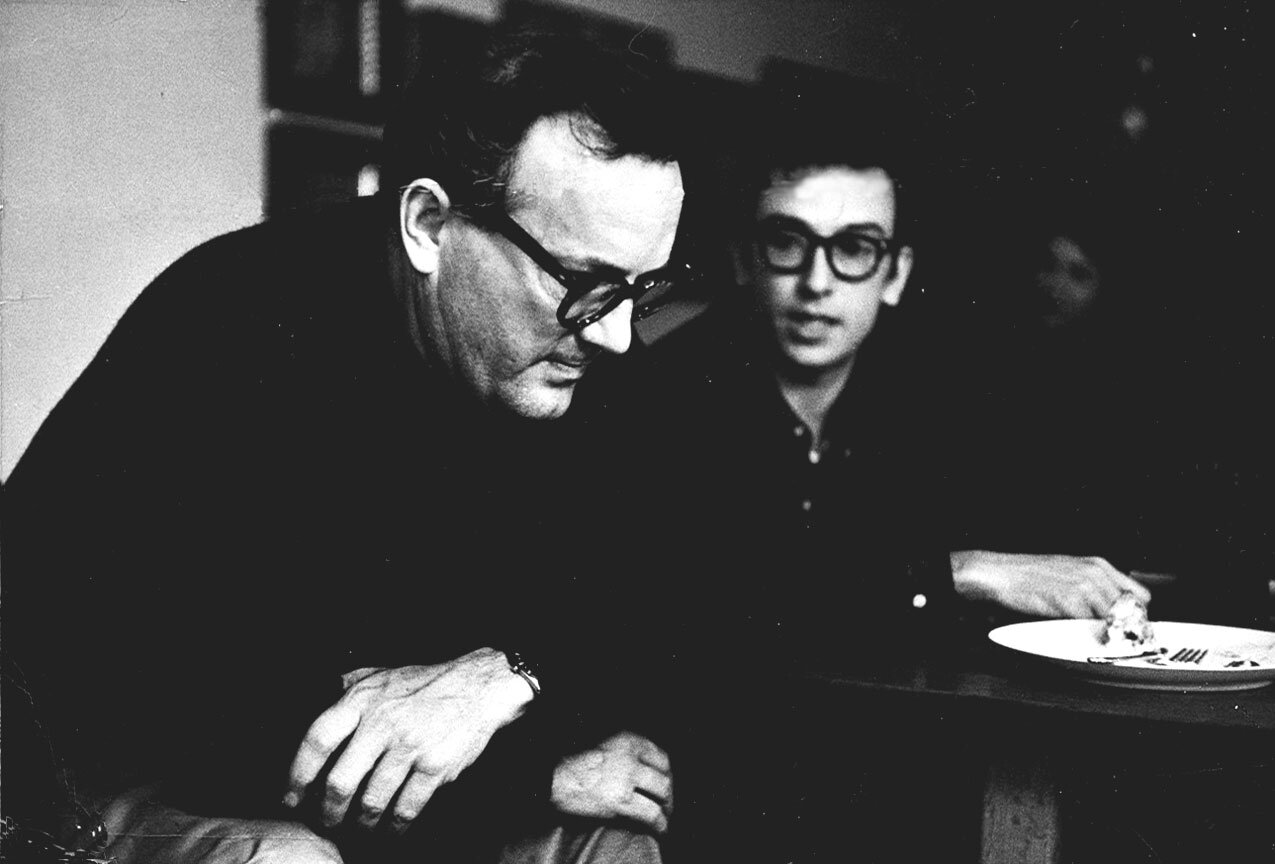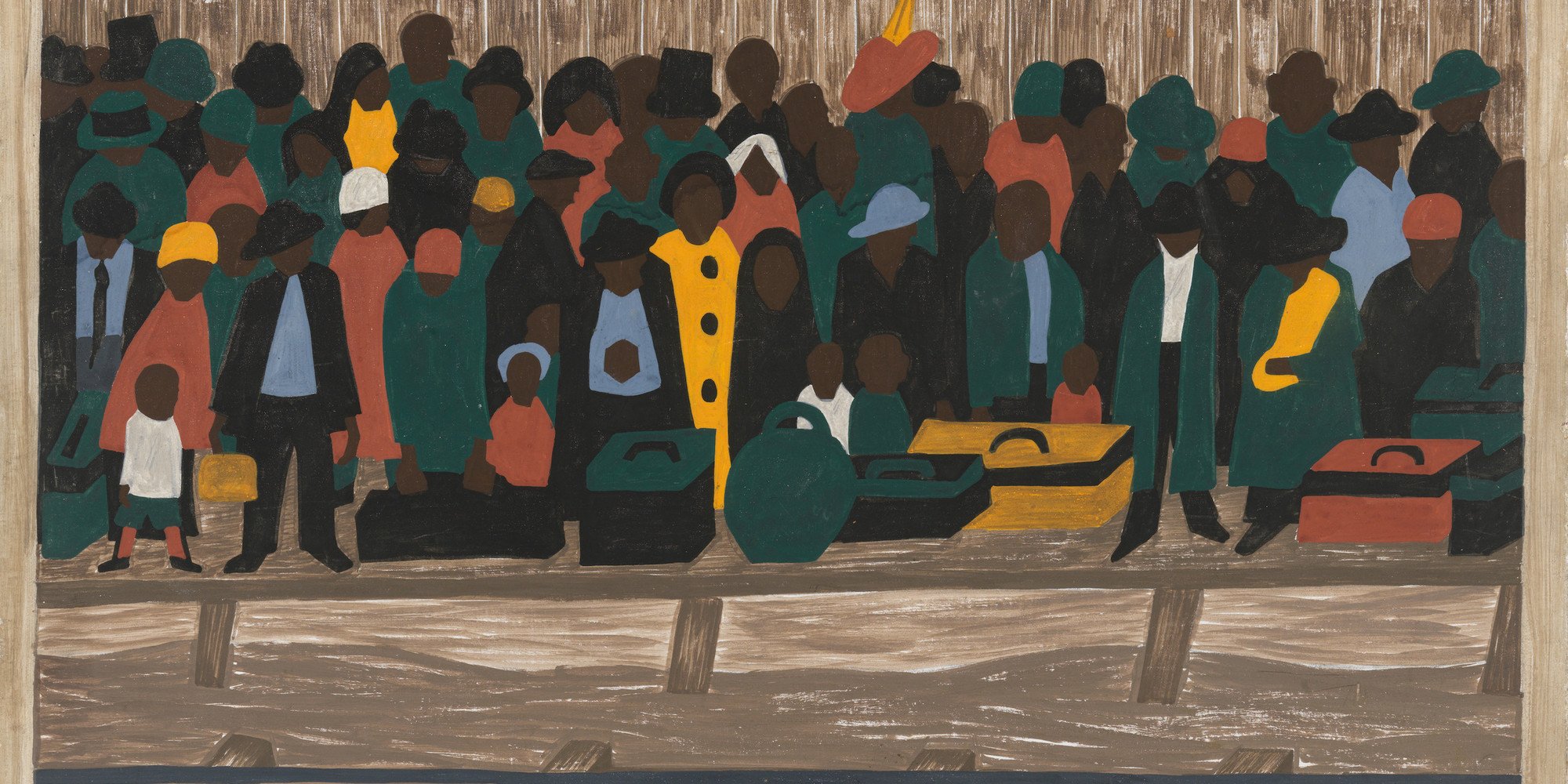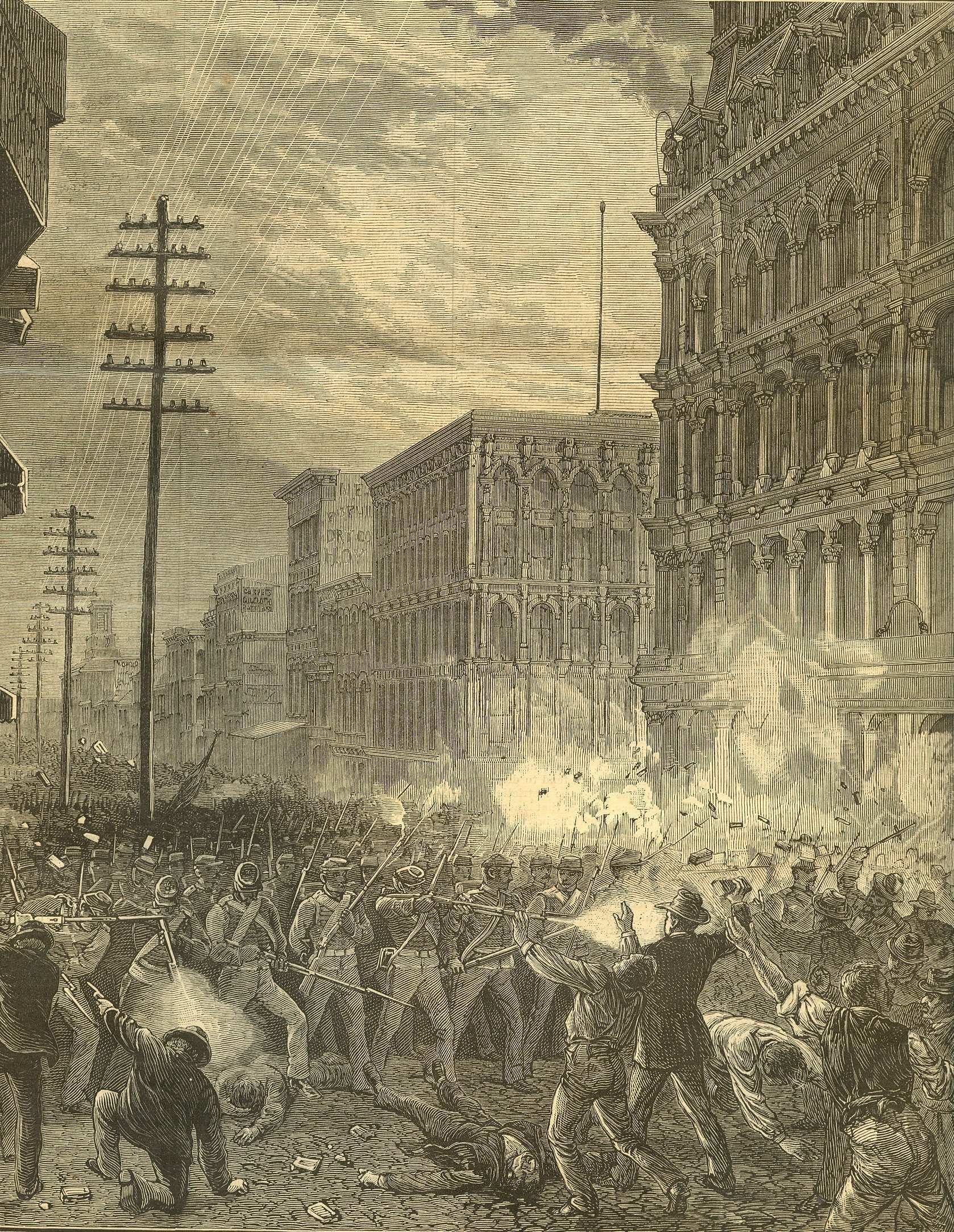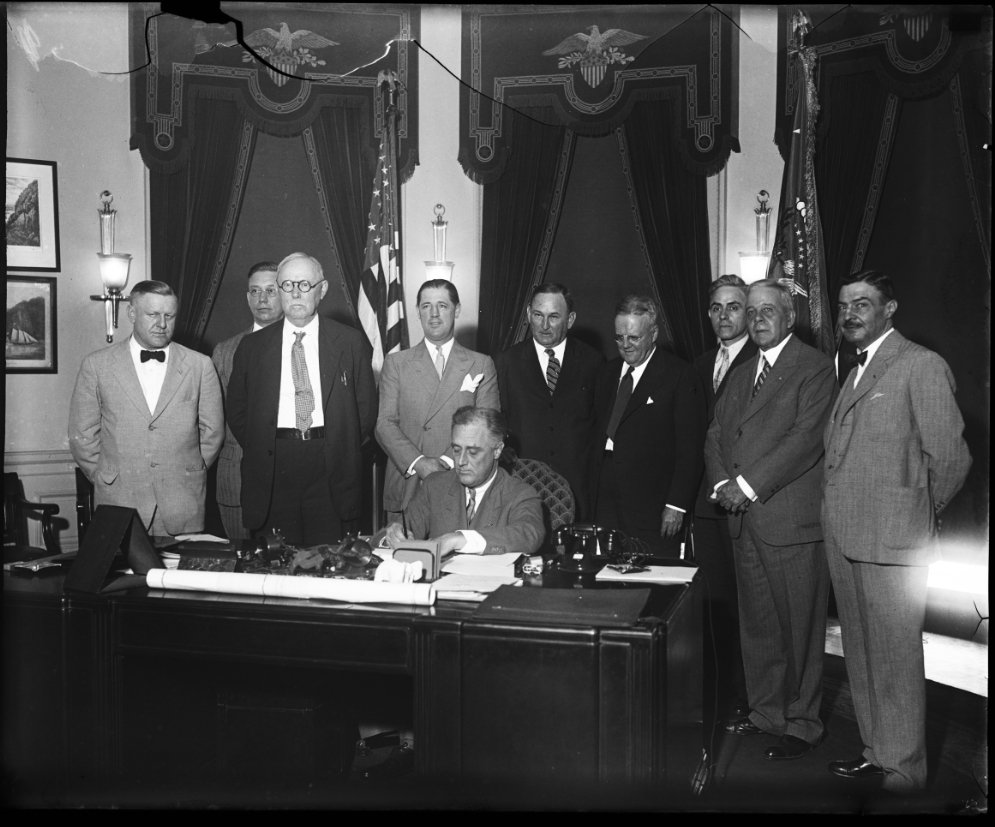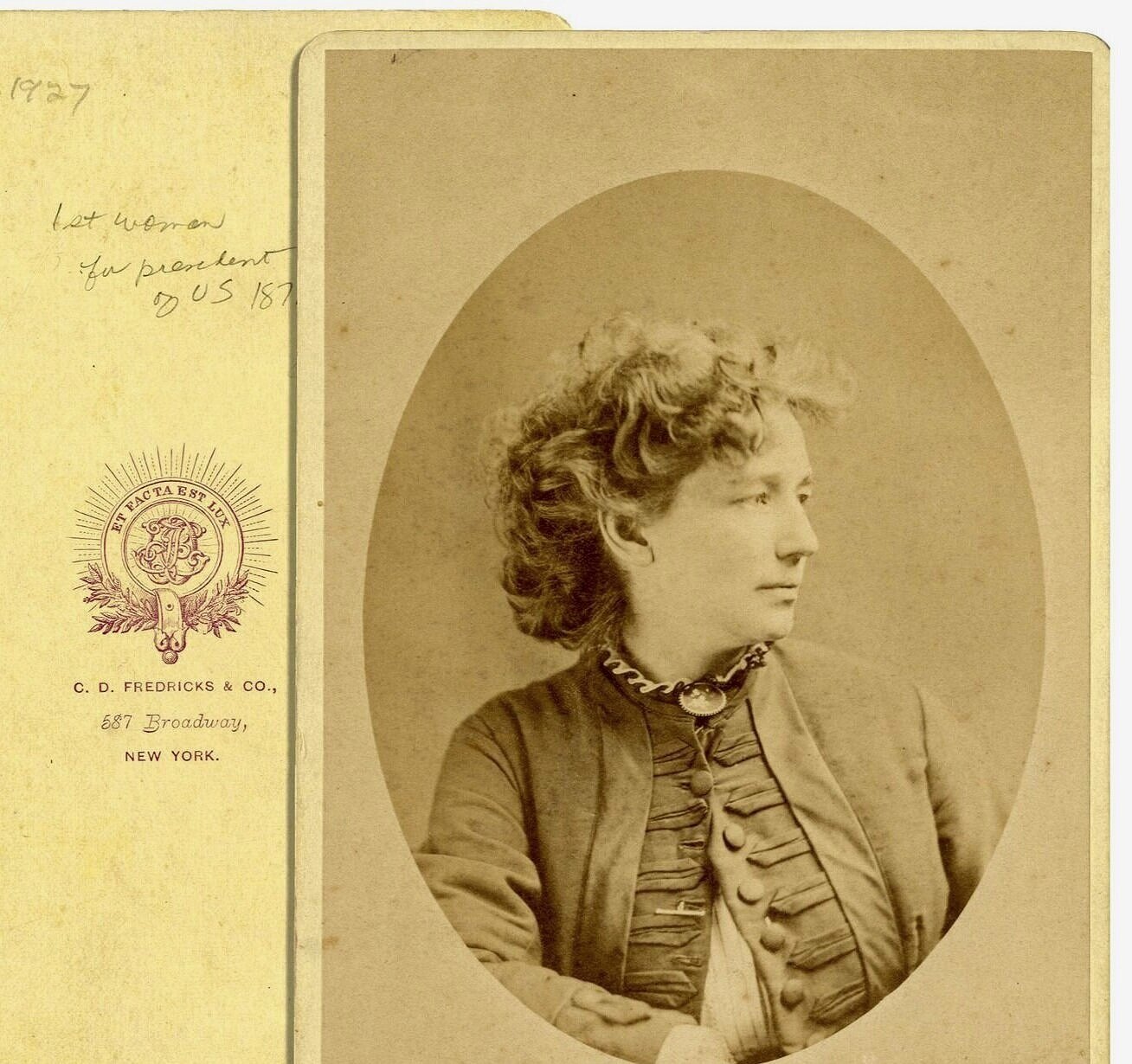
I’m a Historian & Critic.
I write about social reform
and popular culture.
Bio
I am a historian of political thought, trans-Atlantic intellectual history, and American society. I am currently working on my first book, Reform in the Age of Capital, which explores common aspirations across abolitionist societies, labor organizers, Chartists, German revolutionaries of 1848, and English & French utopians, who sought to realize the ideals of the revolutions of the 17th & 18th centuries in unprecedented social conditions. I argue that the political & intellectual contributions by European émigrés fostered a social-democratic perspective in nineteenth-century America and connected reformers to a movement of ideas across cosmopolitan networks, with nodal points in London, New York & Paris.
In my work as a public intellectual, I organize panels and journalism with activists and scholars in campuses across Europe and North America guided by historical and present social concerns. These include public fora on the legacy of the American Revolution, the politics of anti-fascism and sexual liberation. Before my PhD training at New York University, I studied Visual and Critical Studies at the School of the Art Institute Chicago, with a focus on Frankfurt School Critical Theory. As a cultural critic, I review television shows, film, and popular culture phenomena. My work has been published in Cæsura, Gruppe and Jacobin.
Writing
Image from the Archives: Black Farmers at North Elba, New York, in the agrarian community of “Timbucto.” Photographer unknown.
Courtesy of The Adirondack Museum. Blue Mountain Lake, New York.
Many of the Underground Railroad stations in New York State were located on land owned by the white abolitionist Gerrit Smith. Smith was frustrated by the failure of the 1846 New York State referendum to gain unrestricted voting rights for black males. He set aside 120,000 acres—primarily in the Adirondacks—to carve up into 40- to 60-acre lots to give away to impoverished black Americans, between the ages of 21 and 60. Under the state property qualification for black men, this would qualify them to vote. One section in the town of North Elba, Essex Country, among the highest peaks of the Adirondacks, evolved into a small community that become known as “Timbucto.” Timbucto and the other black colonies established on Smith's land made headlines in newspapers, and drew support from the likes of Frederick Douglass, John Brown and a number of black leaders who toured the state recruiting black men and doling out property.
Brown moved to Timbucto in 1849, after meeting Smith in Peterboro. And at least one fugitive slave, John Thomas, received and settled on Smith’s land in Franklin Falls in Franklin County, New York. Based on other reports, it is likely that there were other fugitive slaves among the 100 blacks who tried their hands at farming. The harsh climate and difficulty farming brought Timbucto to halt by the mid 1850s. The soil was simply too poor for cultivation and the harvesting of wood too expensive. In 2010, the Washington Post reported on the ongoing excavation of a nineteenth-century African American settlement called “Timbuctoo” in New Jersey. This long-buried community, was founded in the 1820s “by freed blacks and escaped slaves” who bought the land from Quaker abolitionists. Perhaps Smith’s Timbucto was building on an established tradition among free black Americans and fugitive slaves to build experiments in emancipation.
Resources:
Smith family papers, Manuscripts and Archives Division, The New York Public Library (MssCol 2783)
Tom Calarco, The Underground Railroad in the Adirondack Region (Jefferson, NM: McFarland and Company, Inc., 2004)
Allan S. Everest (ed.), Recollections (Clinton County Historian Association: Plattsburgh, 1964)
John Brown Jr., quoted in F. B. Sanborn, ed., The Life and Letters of John Brown (Boston: Roberts Brothers, 1885)
Stephen B. Oates, To Purge This Land with Blood: Biography of John Brown (New York: Harper & Row, 1970)
Gerald Sorin, The New York Abolitionists: A Case Study of Political Radicalism (Westport, Connecticut: Greenwood, 1971)
John Stauffer, The Black Hearts of Men: Radical Abolitionists and the Transformation of Race (Cambridge and London: Harvard U. Press, 2002)
Boyd B. Stutler, “John Brown and the Oberlin Lands,” West Virginia History 12 (April 1951): 183–199.
Benjamin Quarles, Allies for Freedom: Blacks and John Brown (New York: Oxford University Press, 1974).



